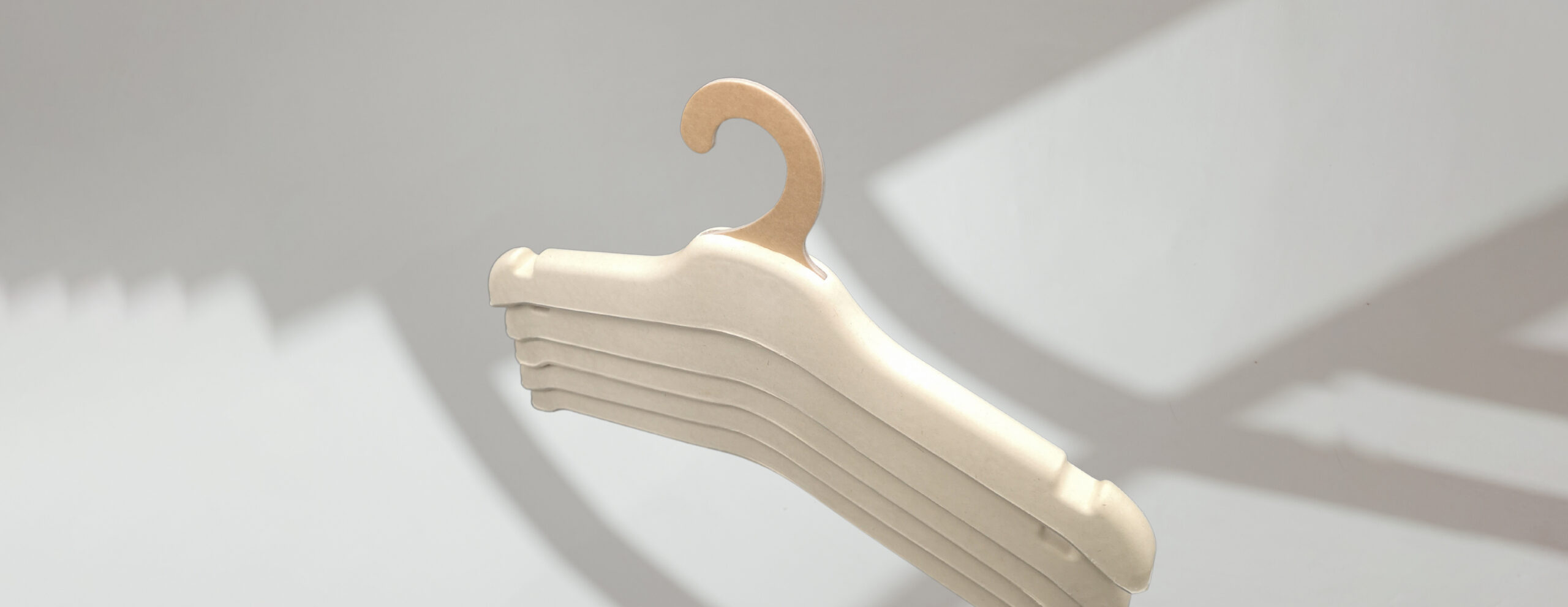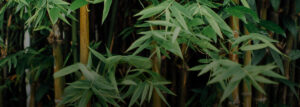Luxury brands have always been at the forefront of fashion. They now have the opportunity to use their immense influence to lead the efforts to accelerate the fashion industry’s move toward adopting more eco-friendly practices.
Traditional methods of manufacturing clothes, shoes, and other fashion items have a significant impact on the environment. They consume an enormous amount of water and contribute to deforestation (viscose and modal) and plastic pollution (polyester, nylon, spandex, etc.). Most clothing products also lack an effective system for end-of-life recycling.
Some luxury fashion brands have already started to adopt sustainable practices, such as shifting to using sustainable materials and sustainable packaging. They continue to seek out new ways to become more sustainable. Let’s take a look at new approaches and the eco-friendly materials that they are adopting to boost sustainability.
Shifting To Sustainable Materials
Luxury fashion brands are expanding their use of textiles made with sustainable materials. They are using textiles made from sustainable natural materials, including hemp, ramie, and bamboo. Leaves, rinds and other agricultural waste are also being used to create new clothing fabrics. For example, one Italian manufacturer produces fabric from the leftover cellulose from squeezed oranges.
Transitioning to Sustainable Packaging
As luxury brands embrace the challenge of transitioning toward sustainability, they have been adopting eco-friendly packaging. Gucci was among the early sustainability adopters in the luxury category. It has been using recycled cardboard for its boxes since 2010. Apparel company PVH — which owns Calvin Klein, Tommy Hilfiger, and other popular brands — is working toward its goal of 100% sustainably and ethically sourced packaging by 2025. “As a global apparel company, we recognize that we have a responsibility to reduce waste, and one key way to do so is by minimizing our packaging and making it recyclable,” said Marissa Pagnani-McGowan, PVH’s group VP of corporate responsibility.
Using Eco-friendly Materials for Hangers
Beyond these steps, another green step that luxury fashion brands can take is to use eco-friendly materials for hangers. Wood, metal, and plastic hangers contribute to a higher carbon footprint, and plastics have a particularly harmful environmental impact.
Fashion designer Roland Mouret has called plastic clothes hangers “the plastic straws of the fashion industry.” Fashion manufactures ship garments from factories to retail stores on single-use plastic hangers. Stores then re-hang the clothes on their own hangers to display them to customers. These transport hangers are discarded, and only a small percentage are made from recyclable materials. Billions of them have ended up in landfills.
Some brands, such as H&M, Burberry, and Stella McCartney, are transitioning to more eco-friendly hangers. Several different solutions are now available, but the most eco-friendly hangers are made with It is made from recycled corrugated pulp, paper, bamboo, bagasse, and other fast-growing natural fibers. Molded fiber is suitable for shipping and product packaging and many other uses.
New technologies have enabled molded fiber solutions to meet the specific demands of luxury brands. This adaptable, biodegradable material can be designed to provide smooth draft angles and a premium feel. Molded fiber is also highly customizable. It can be formed into many shapes and textures. It can easily be matched to brand colors. Clothes hangers made from molded fiber can help a brand eliminate plastic hanger waste. They are sturdy enough to transport and display garments made of sensitive fabrics.
Building Brand Loyalty
By adopting an eco-friendly hanger solution, brands can strengthen their sustainability messaging to customers. In addition to being sustainable, molded fiber hangers can also be embedded with smart technologies to enhance the consumer shopping experience and build brand affinity. For example, a QR code can be attached to the hanger. When consumers scan the code with a smartphone, they can receive information about the brand’s sustainability efforts and instructions on how to recycle or reuse the hanger. These added features enhance the luxury experience for customers.
Taking the Lead
Luxury brands have a tremendous potential to make a lasting impact on our planet. Using new approaches, materials, and design, luxury fashion brands can meet their sustainability goals and drive change in the entire fashion industry. They can start by ensuring that their own environmental responsibility reaches the same high level of quality and beauty as their clothes. When considering new solutions, these brands should consider the benefits of molded fiber. This 100% recyclable, sustainable material is perfect for eco-friendly packaging solutions for luxury brands. Even better, clothes hangers made from molded fiber can help luxury brands have a positive impact on the environment and the fashion industry by eliminating one source of plastic waste.











